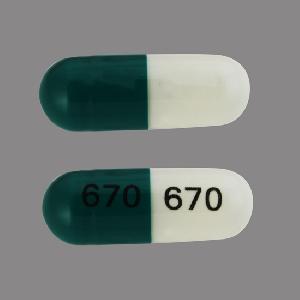

Remember that this medication has been prescribed because your doctor has judged that the benefit to you is greater than the risk of side effects. To lower the risk of dizziness and lightheadedness, get up slowly when rising from a sitting or lying position. If any of these effects persist or worsen, tell your doctor or pharmacist promptly. Side effectsĭizziness, lightheadedness, weakness, nausea, flushing, constipation, and headache may occur. Tell your doctor if your condition worsens (for example, your chest pain worsens or your routine blood pressure readings increase). Consult your doctor or pharmacist for details. Use other medications (such as nitroglycerin placed under the tongue) to relieve an angina attack as directed by your doctor.

It should not be used to treat angina when it occurs. This medication must be taken regularly to prevent angina. For the treatment of high blood pressure, it may take 2 to 4 weeks before you get the full benefit of this drug. Most people with high blood pressure do not feel sick. Keep taking this medication even if you feel well. To help you remember, use it at the same time each day. Use this medication regularly to get the most benefit from it. Be sure to tell your doctor and pharmacist about all the products you use (including prescription drugs, nonprescription drugs, and herbal products). The dosage is based on your medical condition, response to treatment, and other medications you may be taking. Follow your doctor's instructions carefully. Your doctor may gradually increase your dose. Doing so can release all of the drug at once and may increase your risk of side effects. Take this medication by mouth with or without food, usually once daily or as directed by your doctor.


 0 kommentar(er)
0 kommentar(er)
